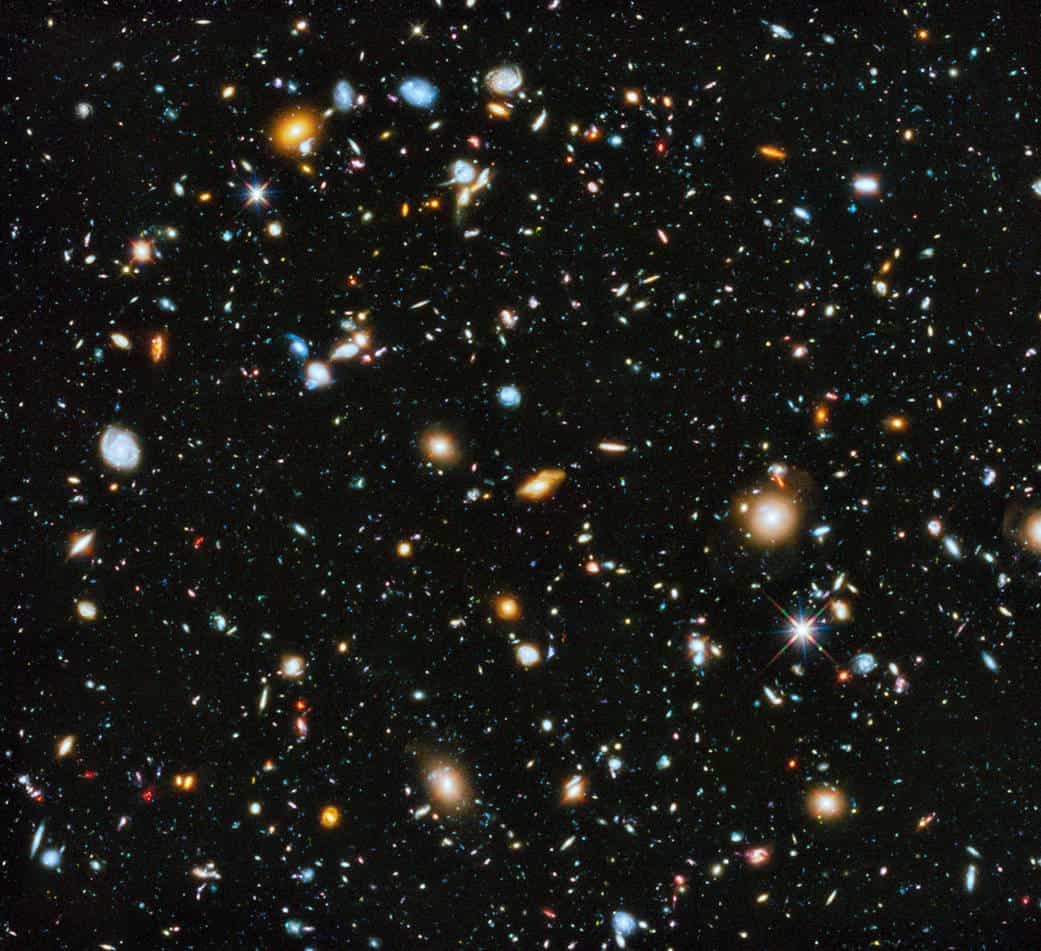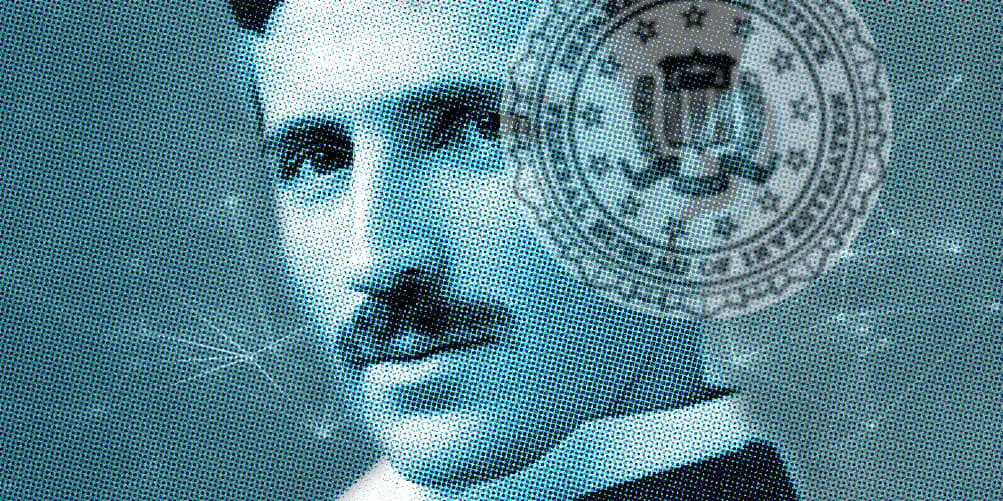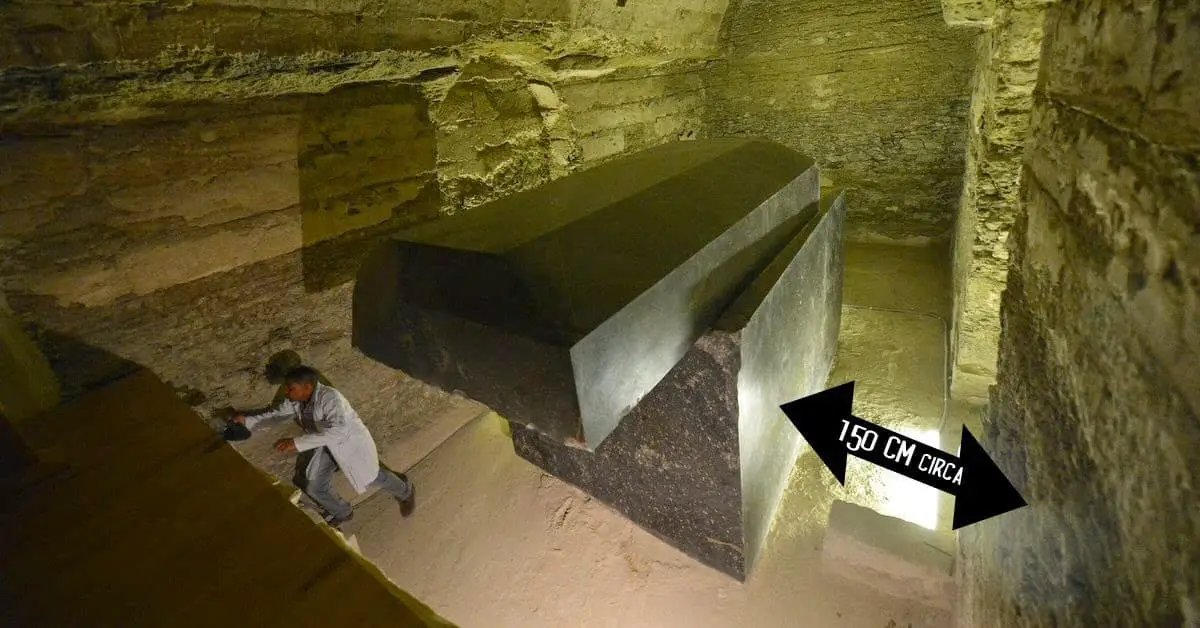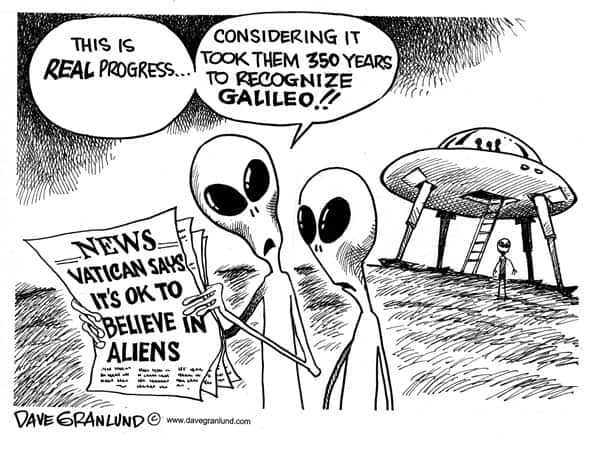

Researchers have recently found that the observable universe is much larger than previously thought. According to a new study, the observable universe has two trillion more galaxies than researchers thought in the past.
One of the fundamental questions in astronomy is how many galaxies are there in our universe.
Astronomers had their estimates, but they were terribly wrong. According to the most accurate census to date, there are 10 to 20 times more galaxies in the universe than we previously thought.
The first serious galaxy count took place in the mid-90’s when deep field images from the Hubble telescope revealed a myriad of galaxies barely visible, hitherto hidden from our eyes.
Astronomers estimated that the number of galaxies in the observable universe was between 100,000 and 200,000 million.
Like many times, astronomers were wrong.
An international team of researchers has shown that those numbers were far from reality.
According to a new study based on data collected by the Hubble space telescope, the total number of galaxies in the observable universe is somewhere between 1 and 2 billion, meaning that there are about 700 quadrillion stars. (BIG).
In order to get to these huge numbers, astronomers started off with the deep space images captured by the Hubble telescope and conducted a detailed project to convert them into 3D allowing them to make a more accurate measurement of the number of galaxies shown in the images.
It turns out that However, 90% of galaxies in the observable universe are too far away from us and barely emit light to be seen with our current technology.
To compensate for this huge margin of error, the scientists used new mathematical models to infer the existence of galaxies that Hubble is not able to observe.
“It boggles the mind that over 90 percent of the galaxies in the universe have yet to be studied,’ said Christopher Conselice, a researcher from the University of Nottingham, who led the study. Who knows what interesting properties we will find when we observe these galaxies with the next generation of telescopes.”
Newly obtained data represent a journey of 13,000 million years into the past. Scientists discovered that galaxies are not uniformly distributed throughout the history of the universe. It turns out that during the first billion years there were ten times more galaxies per volume unit, but they were relatively small, and barely visible, with masses similar to satellite galaxies surrounding the Milky Way.
The results suggest that galaxies were merged as time passed by which eventually reduced their total number drastically.





